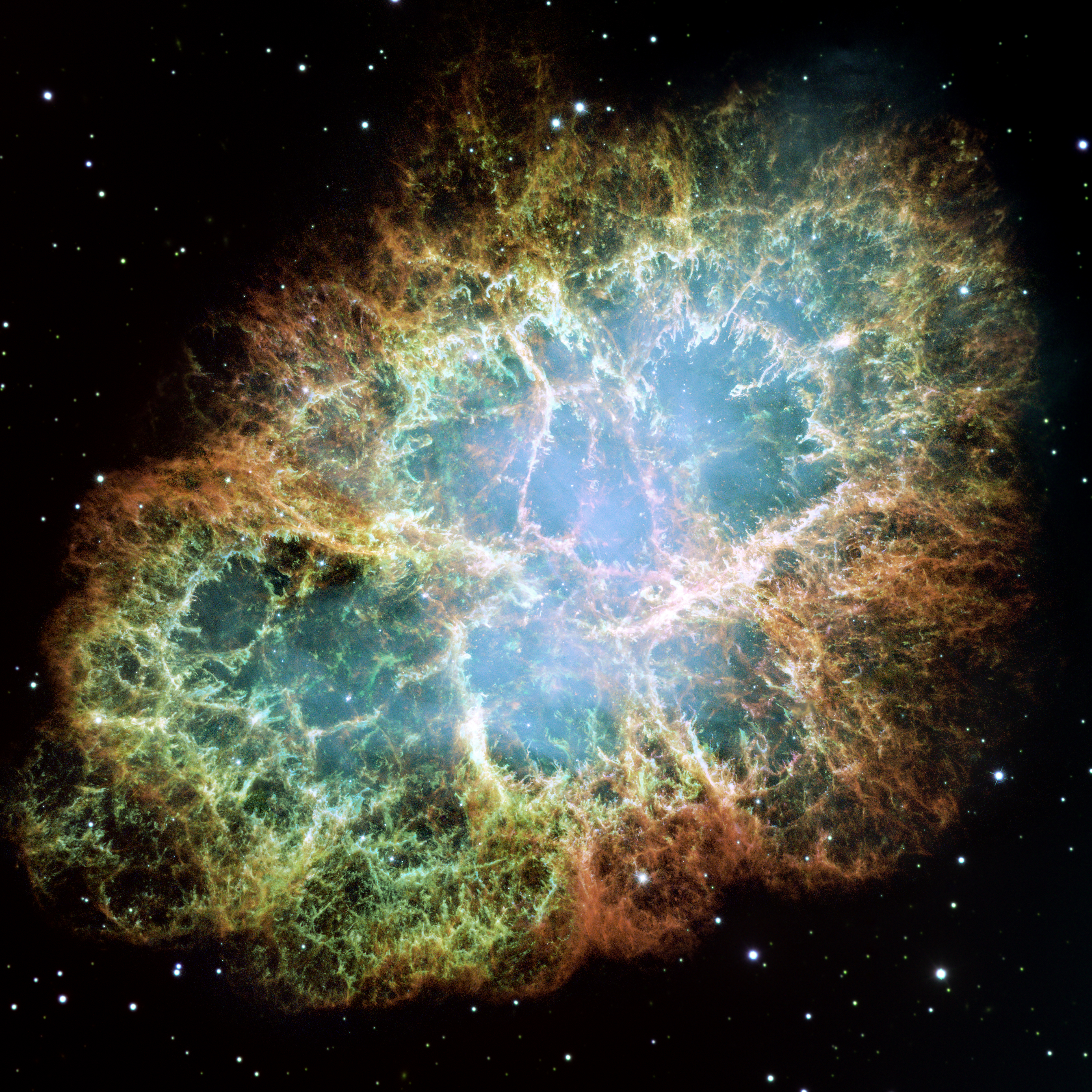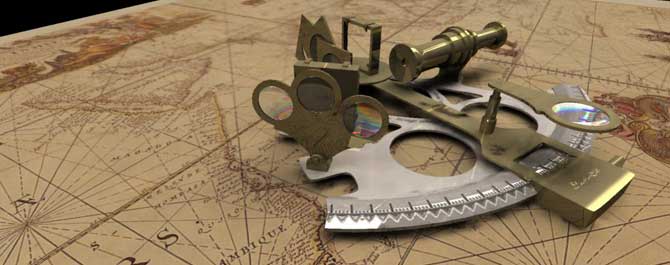“All I Ask Is A Tall Ship And A Star To Steer Her By”
Those poetic words spoken by 19-20th century English poet John Masefield suggest that all that the men who “go down to the sea” need is a star to steer their tall ship by. What’s to be said of this love of the sea and the stars, this harmony, this symbiosis, this skill and ability to steer a ship by the stars with nothing more than a sextant, a compass, a star chart and knowledge of the stars. Moreover, what is to be said of the considerable skill of those who had nothing but their knowledge of the stars, the drift of the stars across the sky as the earth rotates and the cardinal directions (N, E, S, W), someone such as Mau Piailug, a practitioner of the traditional art of finding his way without a chart, compass or sextant, someone who navigated from Hawaii for Tahiti with nothing else but his knowledge, his skill and his eyes?
There is also something to be said of the harmony of sea, sailor and stars; the stars are our origin and our destiny so it is thus, fitting. Consider the solitude of the seafarer, alone on the high seas, the ship slowly and silently coursing through the waves, bobbing gently to and fro, no lights, complete darkness, so dark as if the stars were brilliant diamonds set against black velvet and indeed, they are! Ah, the silence, the solitude and the peace! It is no wonder the way of the mariner holds such a mysterious grip on so many; who could walk away from that?
Commissioned in 1519 by Charles I, King of Spain in Spain’s quest to establish a westerly route to the Maluku or “Spice” Islands, Portuguese sailor and explorer Ferdinand Magellan was charged with organizing the Spanish expedition to the East Indies. Magellan set sail from Seville on 10 August of that year with a fleet of 5 ships for what was to become the first circumnavigation of the globe. Through considerable hardship that included mutinies, starving, storms and wars, the journey was completed by Juan Sebastián Elcano, a Basque Spaniard in 1522 almost 3 years later to the day. During this early 16th century voyage, there was no technology, no GPS, no radio, no electric power, no motor to drive the ship in the absence of wind, no motors for course corrections; these men lived or died by their knowledge and navigation skills. How considerable was that skill, to muster the discipline and focus to guide the ship by the stars and the sun under such hardship and duress to eventually find their way back to the friendly shores of Mother Spain 3 years later.
Even in the 16th century it was widely known and established that the earth was a large, rotating sphere with a daily rotation period of 24 hours, regardless of its placement relative to the sun or, said differently, which model would ultimately prevail, the heliocentric or geocentric model. This was still undecided as the church still held significant political and social power at that time. The notion of a flat earth had died a natural death a thousand years earlier during the Early Middle Ages (~500 CE), at least among scholars and most educated people, a notion supplanted by the “spherical” model, a view first expressed by the Ancient Greeks such as Eratosthenes (~200 BCE) and Aristarchus of Samos (~200 BCE).
It can be thus said that Ferdinand Magellan, born of noble parents, and Juan Sebastián Elcano, a skilled merchant ship’s captain, were both highly educated and experienced mariners. That said, they were keenly aware that it is a simple matter of measuring the changing positions of the stars at night and the sun during the day to determine the time. Since the earth rotates once in 24 hours, the sun will move 360/24 = 15 degrees per hour and thus, we can measure the passage of time by the sun’s movement across the sky; this is the basis of the “sun dial”, a simple way to measure time by the position of the sun’s shadow.
The motion of the stars has an additional layer of complexity. If one adopts the heliocentric model, with the sun at the center of the solar system, the stellar rate of motion across the sky changes by an additional degree every 24 hours since the earth moves westward in its orbit around the sun by one degree each day. This causes a westward drift of the stars each day by the same amount relative to their positions on the sky a day earlier. This “sidereal time” is almost 4 minutes ahead after a 24 hour period or 23h, 56m compared to the solar rate of 24 hours. This difference was, no doubt, known to Magellan and Elcano and thus allowed them to measure the passage of time at night.
An additional method of determining the time is the position of the sun relative to the meridian, the imaginary line connecting the southern horizon with the northern horizon and knowing how to tell time while sailing the high seas is of paramount importance in determining your location relative to land. Of course, when such a journey as Magellan’s and Elcano’s began, the time and position in Seville were recorded and a reckoning continually measured relative to this starting point as the journey commenced. Whether in Seville or in the middle of the Pacific Ocean, each day at “local noon”, the sun transits the meridian and, in the northern hemisphere, this solar transit point occurs at a direction facing “due south” and thus, from there, all the other directions can be known.
As should be clear by now, of equal importance to accurate knowledge of the time, is direction – you have to know what direction you’re moving and for how long! This will allow you to determine your speed and thus, if you have kept accurate records since the journey began, your location! At night, it is equally simple to determine direction. In the northern hemisphere, the star Polaris is within about one degree of true north and thus, your speed and direction on the sea relative to Polaris allows for precise navigation. Additionally, through the use of the sextant, the elevation angle of Polaris above the northern horizon is equal to your northern latitude, a very important factor in determining your location! In the southern hemisphere, although there is no polar marker such as Polaris, it is equally simple to determine the location of the South Celestial Pole as the position on the sky around which all the stars appear to rotate. This was no doubt extremely important to Magellan and Elcano as they sailed around the Tierra del Fuego archipelago, Cape Horn and the southern tip of America Del Sur.
These methods assume clear skies; what is to be done during a storm or inclement weather or if it is just simply cloudy? We must rely on some basic, additional technology that includes a compass and a “pocket watch”. Pocket watches were invented and came into use by the early 16th century, just about at the time Magellan and Elcano set sail for the East Indies. At the time of their journey, the magnetic compass had been in use as a navigation instrument for about 1,500 years. It should be assumed that, since both men were of high stature and commissioned by the Spanish Crown, they had pocket watches and compasses. Even under clear skies, these instruments could provide invaluable assistance and confirmation and perhaps, in some cases, even lift the burden of continuous reckoning and calculation of position.

Imaged with the Hubble Space Telescope, the Crab Nebula is a supernova remnant produced by a Type II, Core Collapse supernova first observed on 1 July, 1054 by Chinese Astronomers. Located in the nebula’s central blue region is the “Crab Pulsar”, the rapidly rotating neutron star at its heart. Rotating 30 times every second, the pulsar is the principal energy source powering the nebula.
As of now, along with GPS technology providing location accuracy to within one meter, “Pulsar Timing” will soon be added as an additional technology to measure time. What would Magellan, Elcano, Columbus and the other great mariners of old think if they could glimpse the world within which we live today? Pulsars are rapidly rotating neutron stars, stellar remnants born in supernovae, objects that are the unimaginably dense cores of now-dead high-mass stars. They are natural cosmic clocks, rotating from the enormous energy imparted to them by a supernova with rotation periods in the millisecond range – the “Crab Pulsar”, for example, has a rotation period of 33 milliseconds or 30 times every second! They rotate with an accuracy comparable to existing atomic clocks and will now be used as an additional means of measuring time. How far have we come from the days of the spring-driven “pocket watch” to measure the passage of time?
With the passage of time combined with rapidly increasing technology as described in the previous paragraph, this knowledge of the sea and the stars and the harmony that exists between them and each of us and the universe in which we live and the skill that arises from this knowledge and harmony may become lost as we continue to rely more heavily on technology. Even with this modern technology at our disposal, we should always maintain a basic knowledge and understanding of day and night and thus remain integral members of this amazing universe within which we live. In doing so and to paraphrase another great English poet, Sarah Williams, from her poem “The Old Astronomer”: we will have “…loved the stars too fondly to be fearful of the night”.




